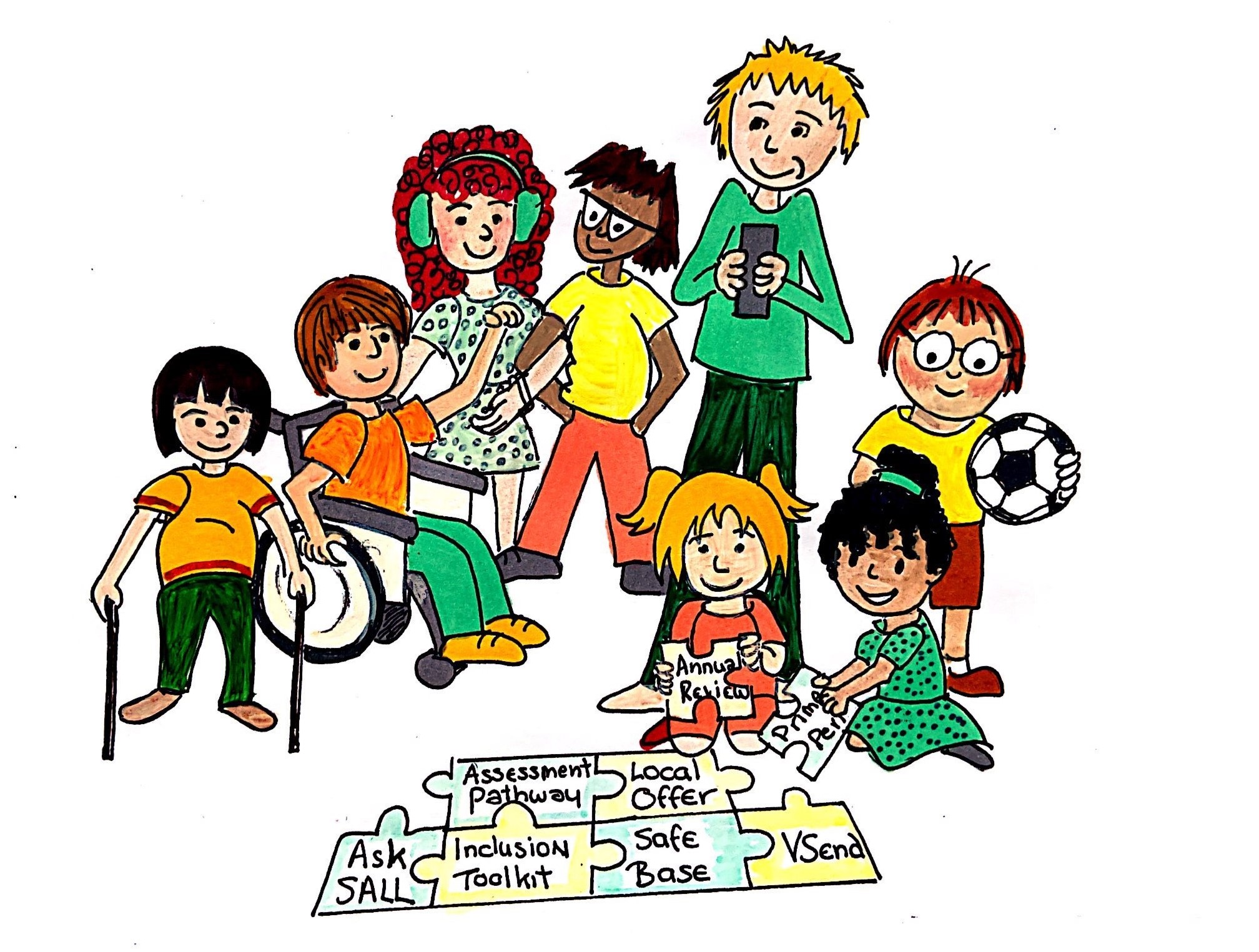Description of need
Children and young people with speech, language and communication needs (SLCN) are often misunderstood by those around them, which can lead to not having their needs met.
Their needs can change over time and the profile for every child or young person with SLCN is different.
Children may have difficulty:
- using clear speech (speech production)
- in being able to find words and structure sentences to express needs, wants and ideas (expressive language)
- in understanding what others say (receptive language and comprehension)
- or in understanding or using social rules of communication and reading social interaction cues (social communication).
Children and young people may have difficulty in acquiring and developing skills in one, some or all of these areas of speech, language or social communication as well as facing difficulties at different times of their lives.
Persistent challenges faced by children and young people with SLCN leads some to experience feelings of anxiety or frustration, which can present as problems with behaviour, self-esteem and impact on social relationships with peers and adults.
Children and young people with English as an additional language together with SLCN will experience difficulties across all their languages. However, the fact that a child uses and understands English as an additional language does not in itself constitute a speech and language difficulty. Different languages have different structures and sound systems, which may lead to short term difficulties, as part of usual second language development.
There will be some children who are particularly affected in the area of social interaction, and experience difficulties with language, communication and imagination, which can impact on how they relate to others.


